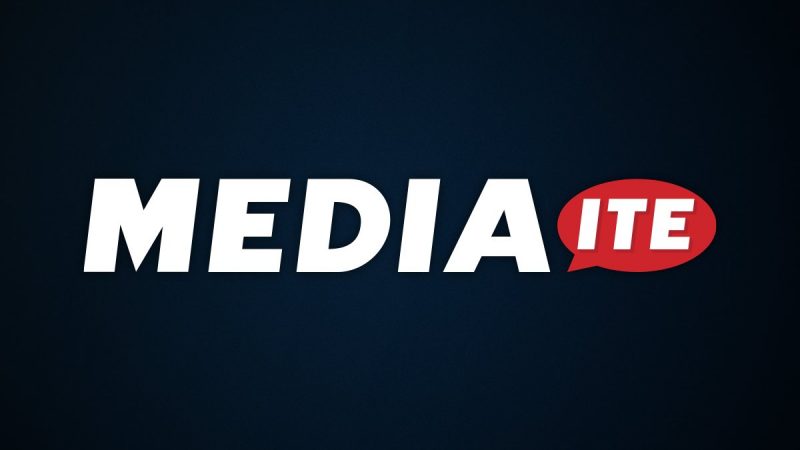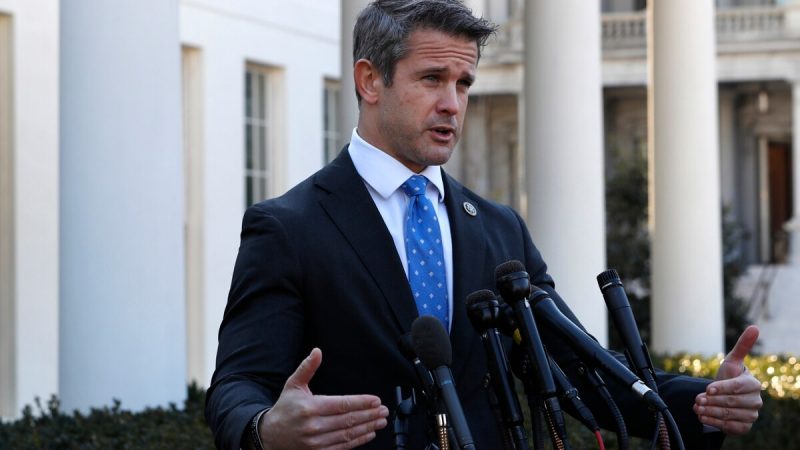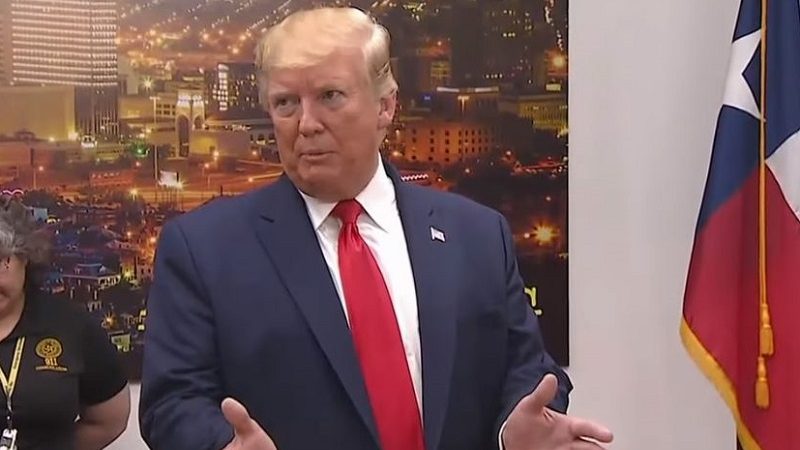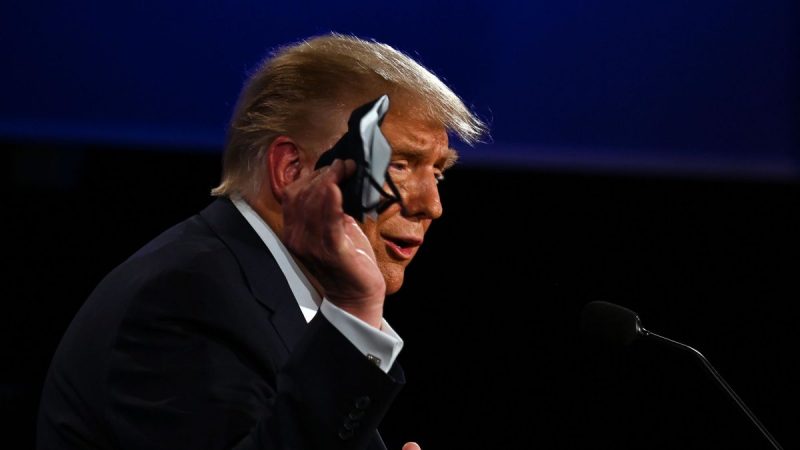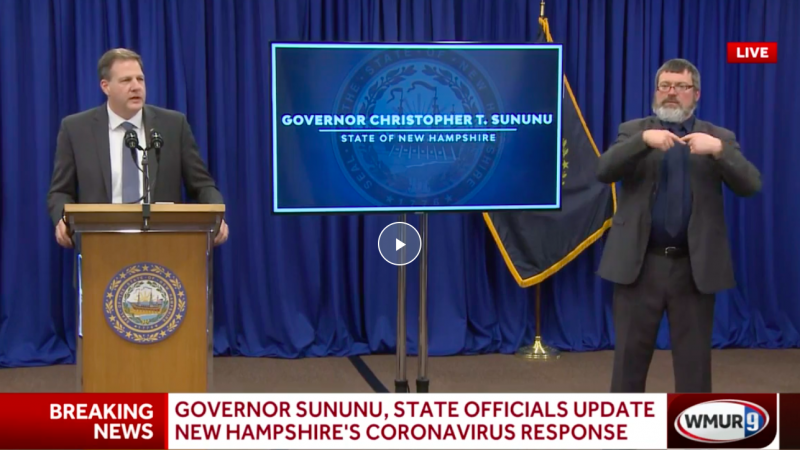Kendrick Lamar Is Showing Us How Hip-Hop Can Influence A Society
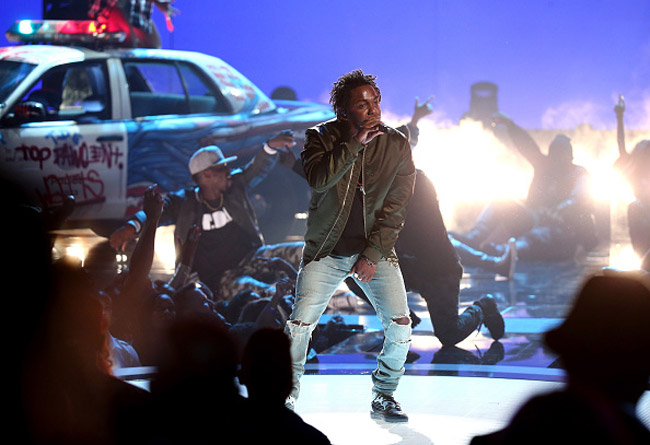
During a time when injustice infiltrates a society, an artist living in the turmoil feels compelled to use their pain and rage to convey a message in the form of art; we have seen this in the past with Bob Dylan, Neil Young, Nina Simone, and Marvin Gaye to name a few.
Following in the steps of those greats, Kendrick Lamar is adding his voice to a cause.
Currently, the United States is enveloped by a dark cloud, that some have referenced to as a new civil rights movement, with the mantra #BlackLivesMatter as its slogan.
With the high profile deaths of Trayvon Martin, Michael Brown, Eric Garner, Tamir Rice, Walter Scott, Freddie Gray, and Sandra Bland, our society is plagued with tension.
Emerging from the ‘gangsta rap capital’ of the USA, Compton, Lamar may be small in stature (5’ 6”), but his voice is monumental.
With the release of his second LP, To Pimp a Butterfly, Lamar has been coined the “messiah of hip-hop and the voice of our generation”, but he is not a savior or a leader, he is man that has the gift of rhythm and flow, and experiential knowledge—allowing him to express his angst and anger.
The latest album begins and ends with a message—it is a politically charged response to the discrimination, violence and police brutality that exist in our society.
Particularly, the song “The Blacker the Berry”, which was written in response to the death of Trayvon Martin, Lamar explained that the song is a political statement and a message of internal struggle:
“These are issues that if you come from that environment it’s inevitable to speak on.
It’s already in your blood because I am Trayvon Martin, you know. I’m all of these kids. It’s already implanted in your brain to come out your mouth as soon as you’ve seen it on the TV. I had that track way before that, from the beginning to the end, and the incident just snapped it for me.”
During a Black Lives Matter conference at Cleveland State University, the crowd became upset when police removed an allegedly underage drinking from the bus. The crowd attempted to barricade around the bus. The officer then pepper sprayed the crowd.
As a reaction, the crowd chanted a section of the track “Alright”. Has Lamar’s track become the anthem of Blacks Lives Matter?
The crowd could be heard roaring:
“We gon’ be alright. Do you hear me, do you feel me? We gon’ be alright”
Like those artist before him in the ‘60s, Lamar is responding to the violence around him; in June at the BET Awards he performed “Alright” while standing on a police car.
In jumped Geraldo Rivera to lambast Lamar, stating:
“This is why I say that hip-hop has done more damage to young African-Americans than racism in recent years. This is exactly the wrong message.”
This is not a new argument against the world of hip-hop.
Lamar highlighted the misconception of what hip-hop represents in his response to Rivera:
“How could you take a song that’s about hope and turn it into hatred? The message is ‘we gon’ be alright’ it’s not the message of ‘I wanna kill people.’
The problem isn’t me standing on the cop car, I think his attempt is deleting the real problem, which is the senseless acts of [cops] killing these young boys out here. I think for the most part it’s avoiding the truth, it’s reality, this is my world, this is what I talk about in my music and you can’t dilute that. Me being on a cop car, that’s a performance piece after these senseless acts. Hip-hop is not the problem, our reality is the problem. This is our music, this is us expressing ourselves. Rather [than] going out here and doing murder myself, I want to express myself in a positive light, the same way other artists are.”
Hip-hop is an artistic release to the harsh truths faced by a community living in fear and poverty. And Lamar has brought it upon himself to create art that speaks truth to a generation. Each song on the latest LP is charged with a message, just as he raps in “i” about the reality that is faced in communities eroding with discrimination and poverty, and the hope for a better future. In the video Lamar is dancing and celebrating being proud of his background as he raps:
They wanna say it’s a war outside, bomb in the street
Gun in the hood, mob of police
Rock on the corner with a line for the fiend
And a bottle full of lean and a model on the scheme uh
These days of frustration keep y’all on tuck and rotation (Come to the front)
I duck these cold faces, post up fi-fie-fo-fum basis
Dreams of reality’s peace
Blow steam in the face of the beast
Sky could fall down, wind could cry now
He speaks the truth, and he is willing to talk about the issue at hand—these are the necessities to change.


